Genomics
Conventionally unconventional: Anecdote of small RNAs discoveries

Past decade has witnessed an incredible increase in a number of small RNAs. As the name indicates, small RNAs are RNA transcripts of small (approximately 21-24 nucleotide) length [1-8]. These small RNA transcripts regulate various biological processes ranging from a response to biotic/abiotic stress to the determination of tissue specificity [1-8]. Non-coding RNAs are basically classified based on their biogenesis protocol and mode of function. Presently, two classes of noncoding RNAs are well characterized. First is micro RNA (miRNA) and the second one is small interfering RNA (siRNA). siRNAs are further categorized as trans-acting siRNAs (ta-siRNAs), natural antisense siRNAs (nat-siRNAs), repeat-associated siRNAs (ra-siRNAs) or heterochromatic siRNAs (hc-siRNAs) and long siRNAs (l-siRNA) [8, 9]. Through the scope of this journal, I have attempted to consolidate the storyline of small RNA discovery. However, for a detailed insight of experimental setup, materials used, initial findings and challenges faced readers are recommended to go through the original research work.
The story of small RNAs started in the year 1990 when Napoli et al. reported the occurrence of variegated or white flowers upon exogenous supplementation of chalcone synthase gene in petunia petals [10]. Chalcone synthase is the key enzyme that catalyzes a pathway (phenylpropanoid pathway) which leads to the production of anthocyanin in petunia petals. In their experiments which are originally aimed to identify the rate-limiting step of the pathway, authors observed that in transgenic plants (having chalcone synthase over-expression cassette) did not improve upon the intensity of petal color (purple in wide type) rather appeared white or variegated.
The molecular aspect of this unconventional result was deciphered by Fire et al. in the year 1998 [11]. Fire and Mello were working on Caenorhabditis elegans to identify the regulatory activity of unc22 encoding mRNA on ‘muscle twitching’. Unc22 gene in C. elegans codes for a myofilament which causes characteristic muscle twitching phenotype under low levels of unc22 protein. From their multiple experiments, authors were able to report that exogenous supply of double-stranded RNA (dsRNA) can lead to silencing of the endogenous gene. This unusual silencing was termed as RNA interference (abbreviated as RNAi). Nowadays RNAi is a potent tool widely utilized in functional genomics and biotechnology for targeted gene silencing. It should be noted that siRNAs (small interfering RNAs) are the effector molecules of RNAi.
With advancements in time and technology, it was realized that there are several other categories of small RNAs which causes homology-dependent silencing of genes. Micro RNA (miRNA) is one such class. miRNA was first discovered by Lee et al. in the year 1993 [12]. The first discovered miRNA was lin4 which was identified in C. elegans. This small RNA causes inhibition of lin14 mRNA. The second miRNA discovered was let7 which was again discovered in C. elegans [12]. Both of these miRNAs regulate developmental transitions.
After these discoveries, several small RNA has been identified from different domains of life using direct cloning methods and characterized to play significant roles [1-7]. Today, researchers apply next-generation sequencing technologies to perform wide-scale sequencing of these small RNAs [1-7].
In the past half decade, the bioinformatics-based discovery of small RNAs, particularly miRNAs, has gained immense popularity. This method is preferred by researchers owing to its throughput, fast nature, and low cost. As a fact, miRNAs are evolutionarily conserved among related species and hence share sequence and structural homologies. These conserved properties (conservation across species, the secondary structure of precursor RNA and miRNA/miRNA* position in the precursor) can be readily picked up by using a computational tool. However, identification of a novel (not known so far) small RNAs still a computational challenge. One drawback of computational discovery method is that many non-small RNA sequences are also identified along with small RNAs and secondly, this method has no scope in organisms where the genome is not sequenced.
In miRBase, a central repository of miRNAs, a record of astonishingly 28,645 miRNAs is present (miRBase v21, http://www.mirbase.org/). It is now accepted beyond doubts that the expression of many genes is governed by small RNA species. Henceforth, it is commonsensical to understand the conventionally unconventional mechanisms of genic regulation pertaining to plant growth, development and stress tolerance and for improving useful agronomic traits in crops.
Authors: Ankur Bhardwaj, Ritu Pandey, G. Joshi
References:
- Bhardwaj AR, Joshi G, Kukreja B, Malik V, Arora P, Pandey R, Shukla RN, Bankar KG, Katiyar-Agarwal S, Goel S, Jagannath A, Kumar A and Agarwal M. Global insights into high temperature and drought stress regulated genes by RNA-Seq in economically important oilseed crop Brassica juncea. (2015) BMC Plant Biology 15(9), DOI 10.1186/s12870-014-0405-1.
- Bhardwaj AR, Joshi G, Pandey R, Goel S, Jagannath A, Kumar A, katiyar-Agarwal S and Agarwal M. A genome-wide perspective of miRNAome in response to high temperature, salinity and drought stresses in Brassica juncea (Czern) L. (2014) PLoS ONE 9(3): e92456.
- Bhardwaj AR, Pandey R, Agarwal M, Katiyar-Agarwal S (2012) Northern Blot Analysis for Expression Profiling of mRNAs and Small RNAs.In: Jin H. and Gassmann W. (Eds.) RNA Abundance Analysis: Methods and Protocols, Methods in Molecular Biology, vol. 883, DOI 10.1007/978-1-61779-839-9_2, Springer Science+Business Media New York 2012.
- Kohli D, Joshi D, Deokar AA, Bhardwaj AR, Agarwal M, Katiyar-Agarwal S, Srinivasan R, Jain PK. Identification and characterization of wilt and salt stress-responsive microRNAs from chickpea by high-throughput sequencing. (2014) PLoS ONE 9(10): e108 851. ISSN: 1932-6203
- Katiyar-Agarwal S, Jin H. Role of small RNAs in host-microbe interactions. (2010) Annual review of phytopathology 48: 225-246.
- Lakhotia N, Joshi G, Bhardwaj AR, Katiyar-Agarwal S, Agarwal M and Kumar A. Identification and characterization of miRNAome in root, stem, leaf and tuber developmental stages of potato (Solanum tuberosum) by high-throughput sequencing. (2014) BMC Plant Biology. 2014 Jan 7;14:6.
- Pandey R, Joshi G, Bhardwaj AR, Agarwal M, KatiyaSr-Agarwal. A Comprehensive study on identification and expression profiling of microRNAs in Triticum aestivum during abiotic stress and development. (2014) PLoS ONE 9(4): e95800.
- Sunkar R, Chinnusamy V, Zhu J, Zhu J-K. 2007. Small RNAs as big players in plant abiotic stress responses and nutrient deprivation. (2007) Trends in plant science 12: 301-309.
- Lelandais-Brière C, Sorin C, Declerck M, Benslimane A, Crespi M, Hartmann C. Small RNA diversity in plants and its impact in development. (2010) Current genomics 11: 14.
- Napoli C, Lemieux C, Jorgensen R. Introduction of a chimeric chalcone synthase gene into petunia results in reversible co-suppression of homologous genes in trans. (1990) The Plant Cell Online 2: 279-289.
- Fire A, Xu SQ, Montgomery MK, Kostas SA, Driver SE and Mello CC. Potent and specific genetic interference by double-stranded RNA in Caenorhabditis elegans. (1998) Nature 391, 806-811
- Lee RC, Feinbaum RL, Ambros V. The elegans heterochronic gene lin-4 encodes small RNAs with antisense complementarity to lin-14. (1993) Cell 75: 843-854.
Genomics
CoolBox- An open-source toolkit for genomic data visualization
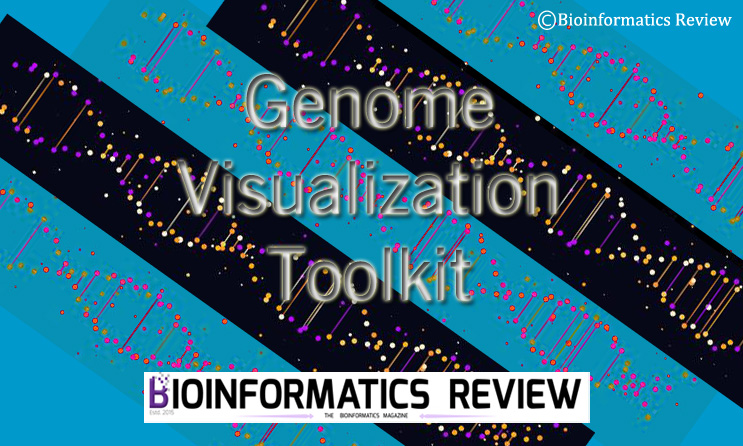
A new toolkit called CoolBox is developed for the visual analysis of genomic data [1]. It makes it easy to visualize patterns in a large-scale genomic dataset. (more…)
Genomics
VISPR- A new tool to visualize CRISPR screening experiments

As CRISPR/Cas9 is a well-known genome editing technology, it is important to explore and analyze CRISPR screening experiments. In this article, we discuss a new tool developed for better visualization of CRISPR screening experiments. (more…)
Genomics
How to install Cortex on Ubuntu?

Cortex is a user-friendly framework for genome analysis [1]. It acquires less memory and is quite efficient in performance. It’s installation involves various steps. In this article, we will install Cortex on Ubuntu. (more…)
Genomics
How to Compress and Decompress FASTQ, SAM/BAM & VCF Files using genozip?
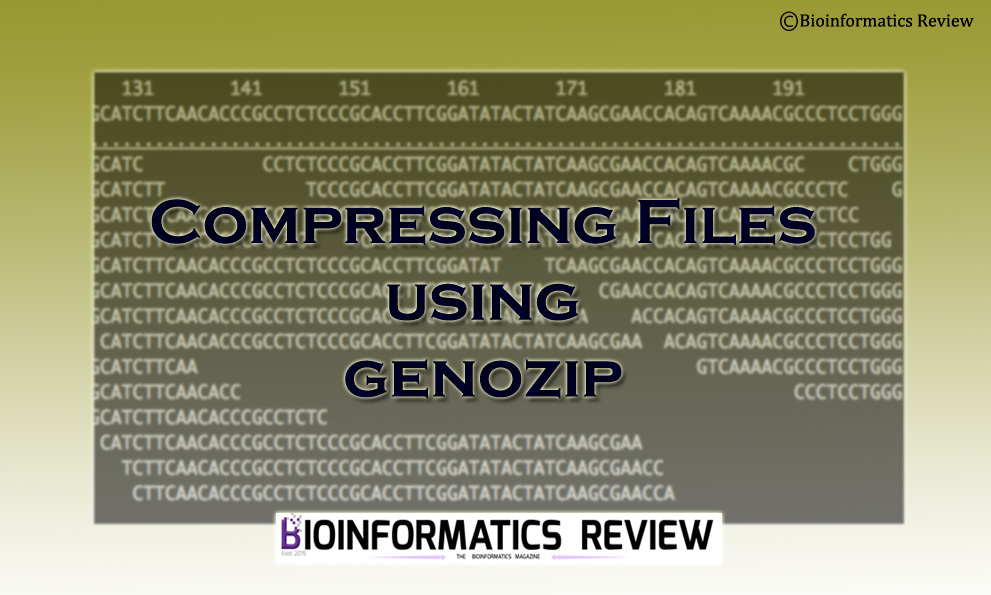
genozip is a tool for lossless compression of large files including VCF, FASTQ, and SAM/BAM files [1]. In this article, we explain the usage of the genozip tool for the compression and decompression of these files. (more…)
Genomics
Installing BCFtools on Ubuntu

BCFtools is a set of utilities that are used to manipulate variant call files (VCF) and binary call files (BCF). It can be used for both compressed and uncompressed sort of files. In this article, we will install BCFtools on Ubuntu. (more…)
Genomics
Installing CRISPRCasFinder on Ubuntu

CRISPR/Cas9 is a genome editing technology trending fastly. It is used to identify CRISPR associated genes within the genomes of prokaryotic bacterias. Several tools are available for this. Amongst them, CRISPRCasFinder is one that is used to search for CRISPRs and Cas genes in sequence data [1]. In this article, we will install CRISPRCasFinder on Ubuntu. (more…)
Genomics
Genozip- a new compression tool for VCF files

Variant Call Format (VCF) is a text file format used to store thousands of genomic datasets. Since these files consist of a large number of gene sequences, their file size is quite large even after compression. Recently, a new compression tool has been introduced known as genozip [1]. (more…)
Genomics
Methods to detect the effects of alternative splicing and transcription on proteins
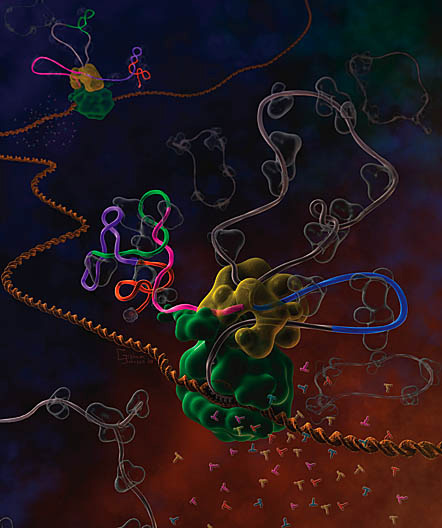
Alternative splicing and the transcription are the most familiar processes amongst the biological processes. Alternative splicing is a process by which various forms of mRNA are generated from the same gene. A gene consists of various exons and introns and the exons are joined together in different ways [1]. (more…)
Genomics
GenVisR : A tool for genomic visualization

The ever-increasing progress of sequencing techniques has developed a massive amount of genomic data [1]. This has led to an exponential growth of genomic datasets which provide huge information to the scientists. For identifying patterns and investigating biological information, it is necessary to visualize the genomes, but it is quite difficult to develop such tools. (more…)
Genomics
What is PRSice?
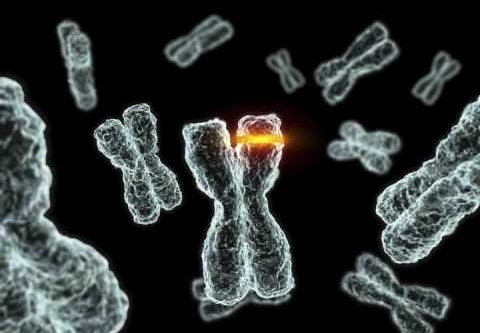
Etiology is the study of origination or causation of an event or phenomenon. Genetic etiology is the study of genes responsible for particular traits along with some other genes in an organism. The identification of genetic etiology has become a protocol while studying genotypes and/or phenotypes of individuals. For this, PRS which means, Polygenic Risk Score is calculated. (more…)
Bioinformatics Programming
HTSeq : A Python framework to analyze high throughput sequencing data

High throughput sequencing is most widely used as it saves a lot of time and provide good results, and produces a huge amount of data which is difficult to manage and especially the tasks and operations performed on it are also very difficult. To ease this purpose, a Python framework have been introduced by Simon Anders and team members, this framework is known as “HTSeq”. (more…)
Bioinformatics News
Mycobacteriophages and their potential as source against Mycobacterial active biomolecules


So, today is the great festival of Christmas……! Birthday of The Son of God.. And on this Auspicious day, We want to present before you all the power of Nature… How nature itself provides solution against the problem raised within it….. We all are aware of the epidemics of threat created by Mycobaterium tuberculosis and other related species. But, down here in this article we show how nature provides the solution against it.
As we know Bacteriophage (Bacterio= Bacteria’s, Phage= eater) infects several bacterium species. In contrast to it, a Mycobacteriophage is a member of a group of bacteriophages that infect mycobacterial species as their hosts e.g., Mycobacterium smegmatis and Mycobacterium tuberculosis, the causative agent of tuberculosis.
The rising incidence of tuberculosis, emergence of multi drug resistance in Mycobacterium tuberculosis and a slow progress in finding new drugs makes mycobacteriophage a potential candidate for its use as a diagnostic and therapeutic tool against TB.
All the characterized Mycobacteriophages are double-stranded DNA (dsDNA) tailed phages belonging to the order Caudovirales. Most are of the family Siphoviridae , characterized by long flexible non contractile tails, whereas phages of the family Myoviridae, have contractile tails. There is a notable absence of mycobacteriophages from the family Podoviridae (containing short stubby tails), arising the question whether long tails are needed to traverse the relatively thick mycobacterial cell envelope. dsDNA tailed phages are either temperate, forming stable lysogens with a turbid plaque or lytic, forming clear plaques in which the host cells are killed. Mycobacteriophages can also be studied by the morphology of the plaques which vary in size and shape. Plaque morphology also depends on the burst size, which is the number of phage particles released on the lysis of the infected bacteria.

Genometrics of 70 sequenced Mycobacteriophages
Since the mycobacterial cell wall consists of a mycolic acid rich Mycobacterial outer membrane, attached to an arabinogalactan layer that is in turn linked to the peptidoglycan, it poses significant challenge to the phages. This challenge is met by a set of proteins, namely Lysin B proteins that cleave the linkage of mycolic acids to the arabinogalactan layer, holins that regulate lysis timing, and the endolysins (LysinAs) that hydrolyze peptidoglycan.

Phages affect hosts with a holin-endolysin system essential for programmed lysis. Endolysin is found to be associated with a protein component of the phage tail involved in facilitating the penetration of the murein during injection of the genome into the host. Holins are small membrane proteins that form holes in the membrane through which the endolysin can pass. Holins control the length of the infective cycle for lytic phages so as to achieve lysis at an optimal time.
Endolysins can be a source of potential antibacterial because of its specificity (targeting only a few strains of bacteria) and thus replacing antibiotics (which have a more wide ranging effect), their low probababilty of developing resistance in Mycobacterium and novel mode of action.
Bioinformatics can assist this particular field of research by finding several other proteins existing on this planet or to prepare other such options having similar pharmacophore (physical and chemical attributes) properties. We can demolish the various disease threats by using natural options provided to us and can remain healthy on this planet. The only point to be remembered for this is,
NATURE CAN SATISFY OUR NEEDS, BUT IT CANNOT SUSTAIN OUR GREED….. AS A HEALTHY BODY CONSISTS OF A HEALTHY MIND, THE SAME WAY.. A CONSERVED PLANET CONSERVES ITS SPECIES TOO…..
(A major part of this article consist of some texts copied from
Hatfull, Graham F. “Mycobacteriophages: genes and genomes.” Annual review of microbiology 64 (2010): 331-356.
for any other information related references and queries, please let us know at [email protected]
Genomics
Roary: Analysis of Prokaryote Pan Genome on a large-scale
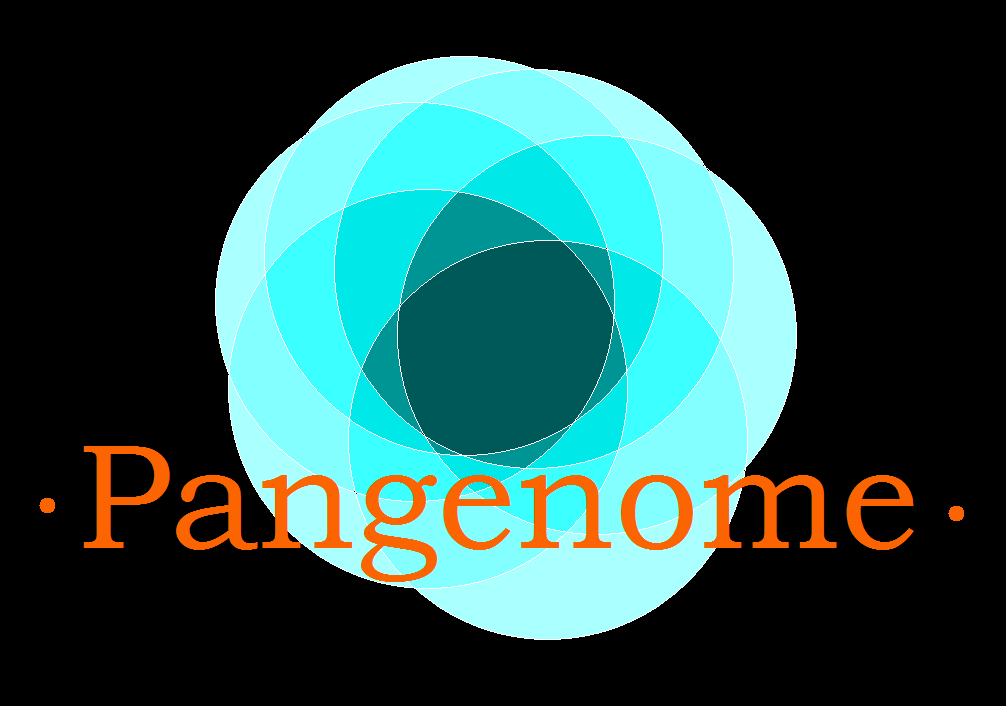
The Microbial Pan Genome is the union of genes shared by genomes of interest. This term was first used by Medini in 2005.
Genomics
GenomeD3 plot : Easy visualization of genomes
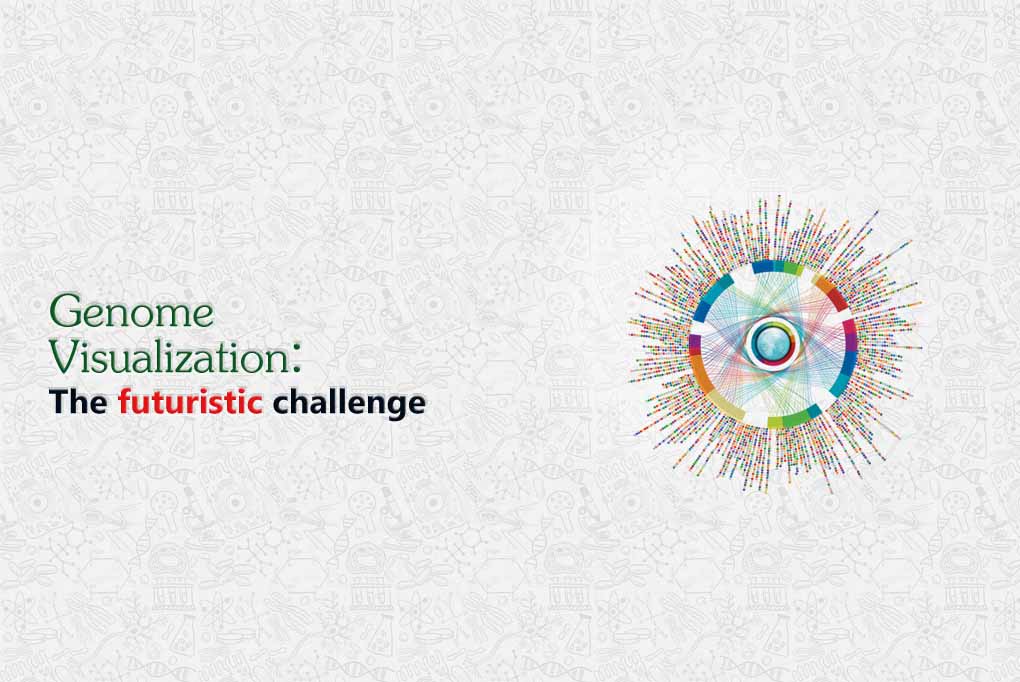
As the needs say the importance of sequencing of genomes, it is equally important to visualize them. There exists some tools to visualize the genomes,but they are static and standalone, (more…)




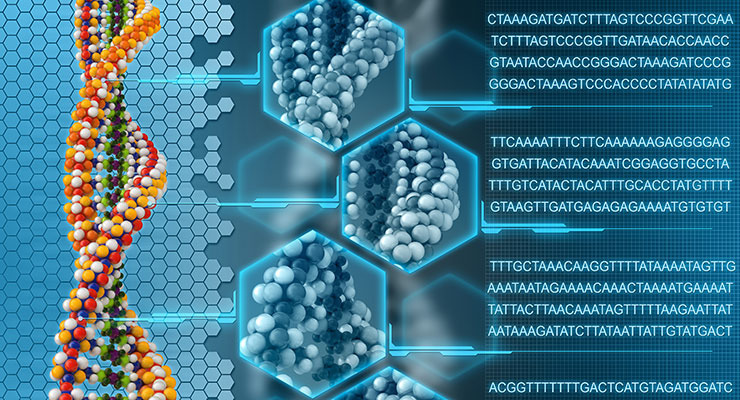

You must be logged in to post a comment Login